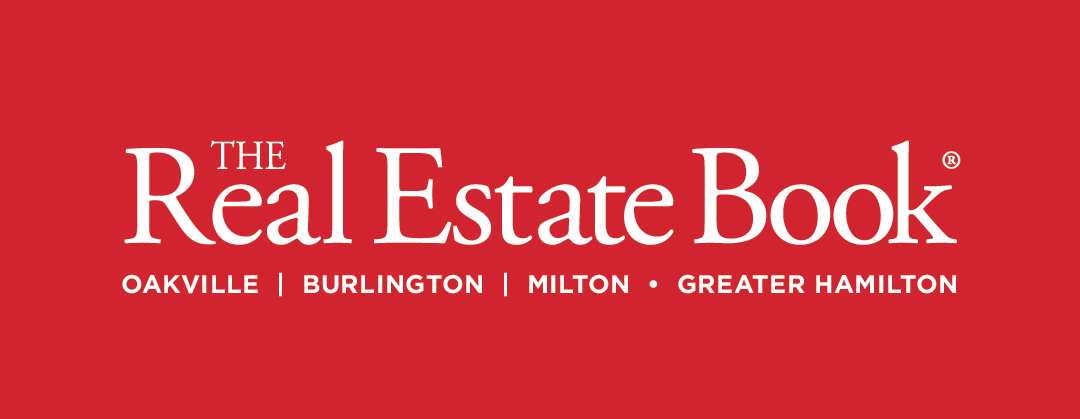The recent federal budget announced several plans to tackle the housing and affordability crisis. Several initiatives were included to assist first-time homebuyers in saving and affording a house in the current market climate. Other plans to build more homes are a longer-term project, but in the short term, savings incentives and borrowing options will take effect on August 1st, 2024.
30-YEAR AMORTIZATION PERIOD
After years of industry experts and economists calling for a longer amortization period, the federal government will finally implement a 30-year mortgage amortization plan for first-time homebuyers. While some argue this should apply to all buyers, it is a step in the right direction for new buyers who would otherwise be unable to afford mortgage payments on a new home.
However, the plan does come with a few caveats. The home must be a new build (condo, semi-detached, detached, low-rise, or townhome). The mortgage must also be insured (priced below $1 million with less than a 20 percent down payment). While it does come with some restrictions, the new 30-year term is designed to allow more flexibility and lower mortgage payments for first-time homebuyers.
FIRST HOME SAVINGS ACCOUNT (FHSA)
The FHSA is a registered savings plan designed to help first-time homebuyers save for their first home. The homebuyer must be 18 years of age and have a social insurance number to open an FHSA account. They can make tax-deductible contributions up to $8,000 annually, with a lifetime maximum of $40,000. The advantage of an FHSA is that it adds another option when saving for a first home. Like an RRSP, unused contributions can be carried over to the following year, and the investor can contribute tax-free for up to 15 years.
If the funds are not used by December 31st of the 15th year or the year you turn 71, the money can be transferred tax-free to an RRSP or RRIF without impacting your contribution room. If the money is withdrawn from the FHSA, it will be taxed the same as if it were an RRSP.
CHANGES TO THE HOME BUYERS’ PLAN (HBP)
The HBP, initially introduced in 1992, allows Canadians to use a portion of their RRSPs, tax-free, towards a down payment on a first home. The federal government is raising the withdrawal limit to address the increase in average house prices nationally and the need for a more significant monetary down payment. The withdrawal limit is currently $35,000 for individuals and $70,000 for couples. The new federal budget has increased this limit to $60,000 for individuals and $120,000 for couples.
The repayment period for this withdrawal has also been extended; currently, it is 15 years, with the first payment to be made two years after the home purchase (annual repayment equal to 1/15th of the amount withdrawn). With the new changes, as of August 1st, 2024, the first payment would be deferred for five years, three years longer than the current plan.
FIRST-TIME HOME BUYER’S TAX CREDIT (HBTC)
The HBTC allows first-time home buyers a one-time $10,000 nonrefundable tax credit, which equals a tax rebate of up to $1,500. Before 2022, the maximum credit was $5,000 with a rebate of $750. The HBTC was initially introduced in 2009, and this recent change took effect in 2022. While not a substantial sum, the increase can help first-time homeowners with closing costs, furnishings, or decorating their new home.
CANADA SECONDARY SUITE PROGRAM
The Canada Secondary Suite Program (managed by the Canada Mortgage and Housing Corporation (CMHC)) will offer homeowners up to $40,000 in low-interest loans to build a secondary suite (apartment) in their residence. A secondary suite could include converting a basement or garage to a separate apartment or adding an addition to the home. The initiative creates a more affordable option for homeowners to build a self-contained living space for adult children, aging parents, or as a rental unit.
While these initiatives do not entirely address the affordability crisis across Canada, they help support Canadians who dream of owning their own homes.



